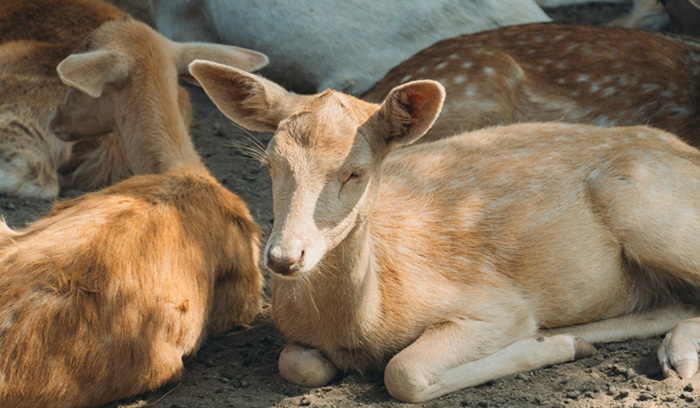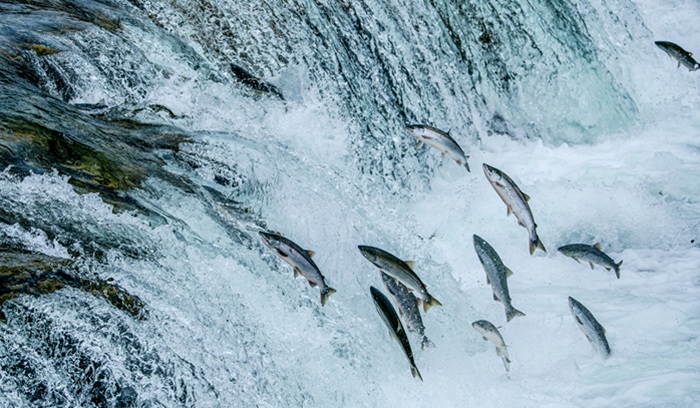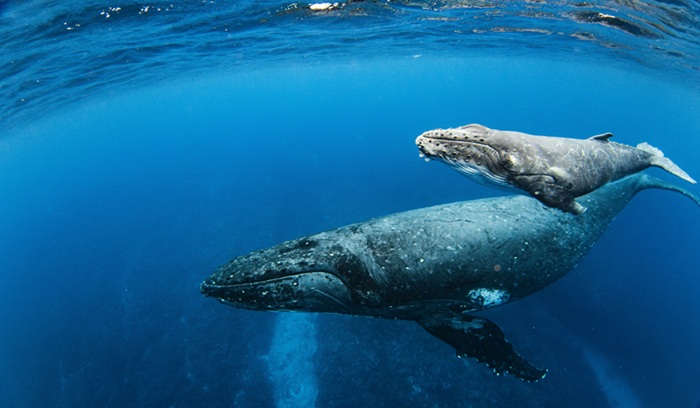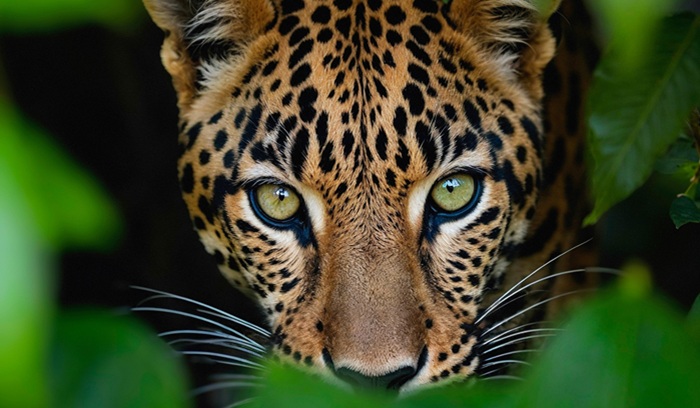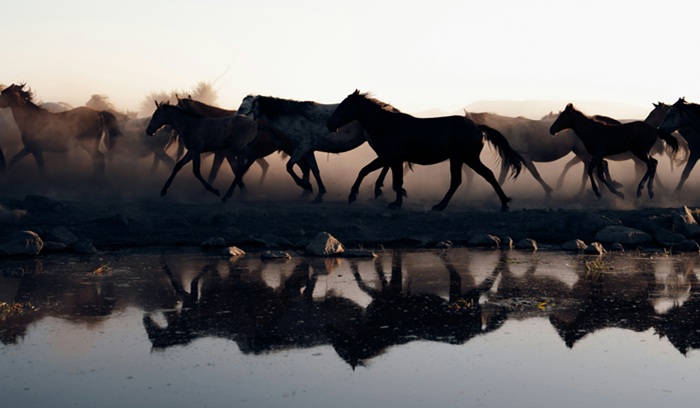China’s milu deer achieves stunning population recovery
The world is celebrating a monumental conservation success: the Pere David’s deer (Elaphurus davidianus) has made a remarkable recovery from near-extinction. This unique species, often called the “milu” or “elaphure,” was saved through decades of dedicated human effort and international cooperation. The global population has rebounded from a low of just 39 individuals to an estimated 8,200 today. This achievement demonstrates the immense power of conservation science and captive breeding programs.
